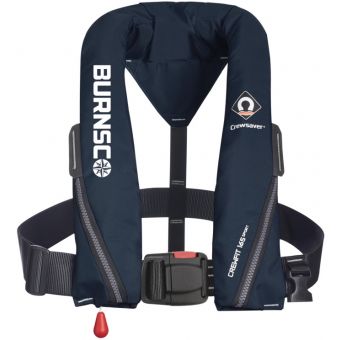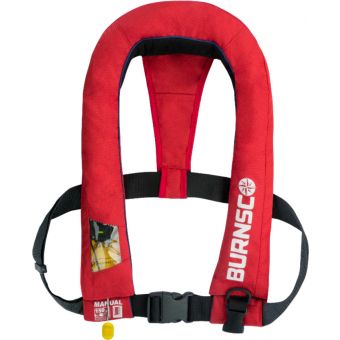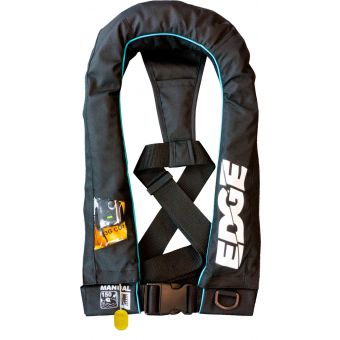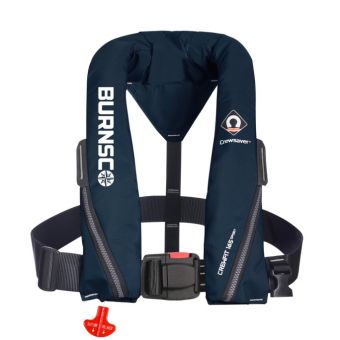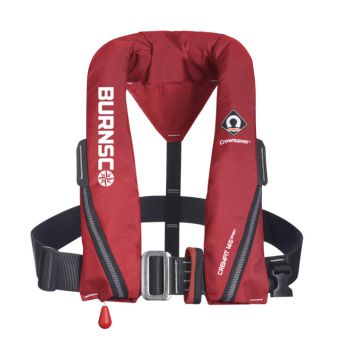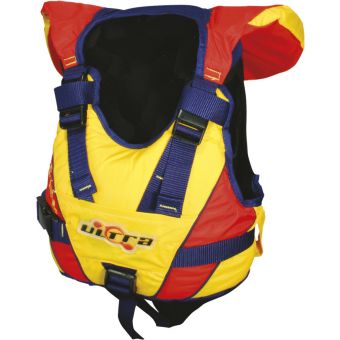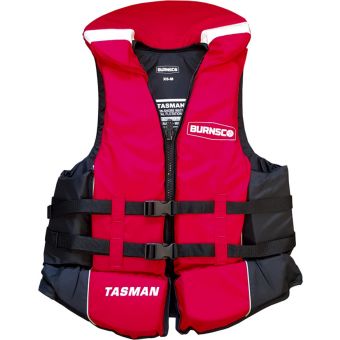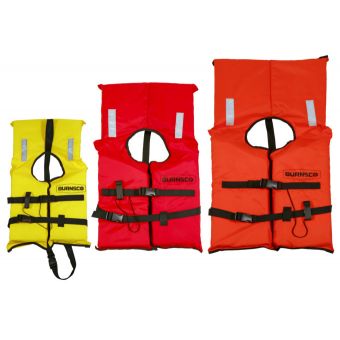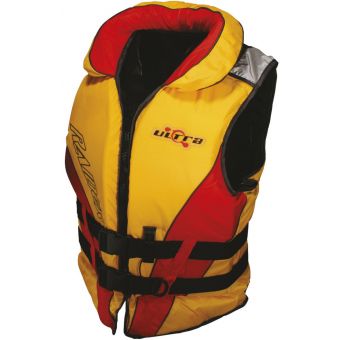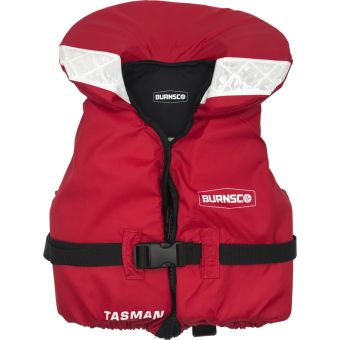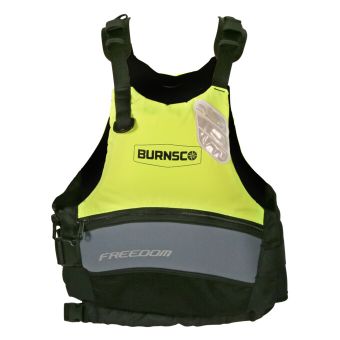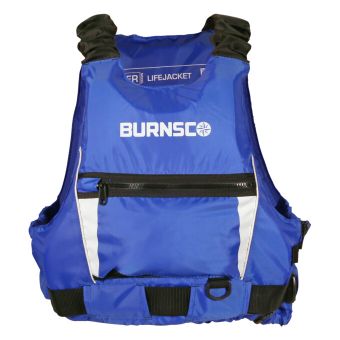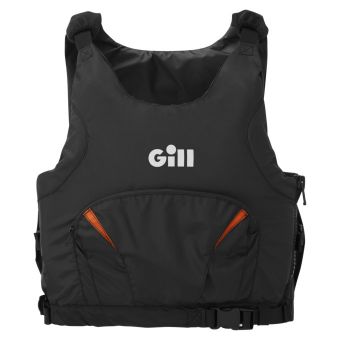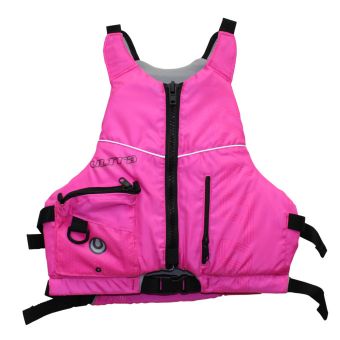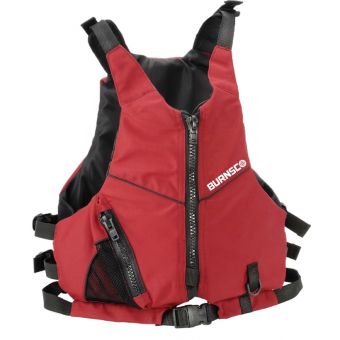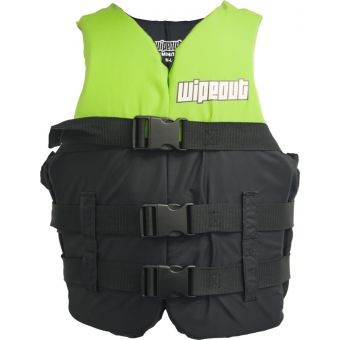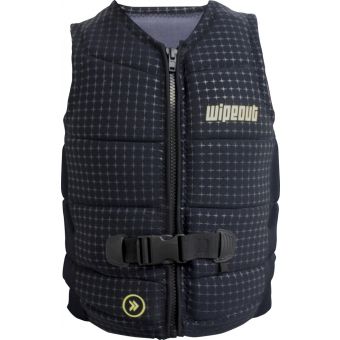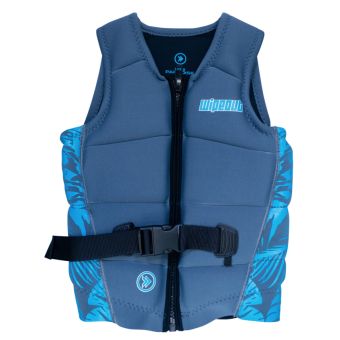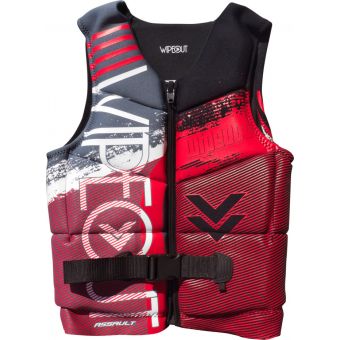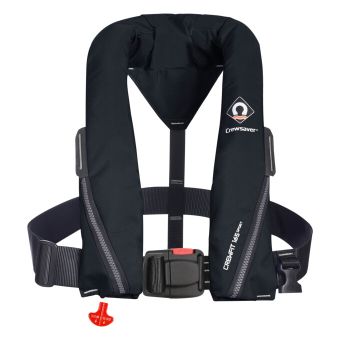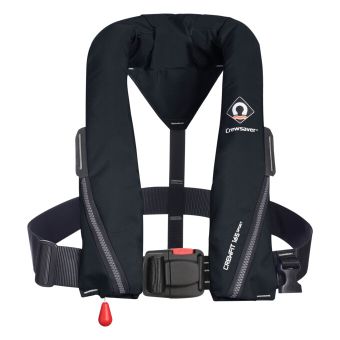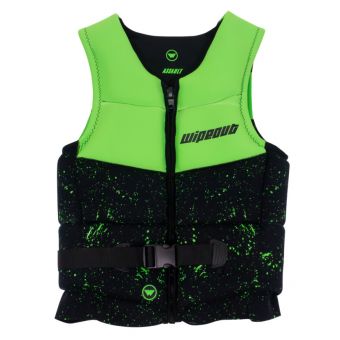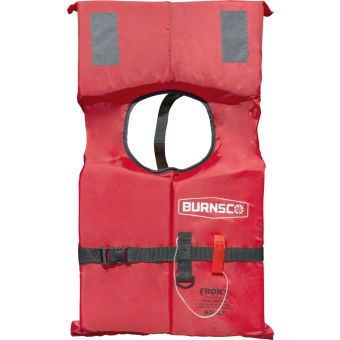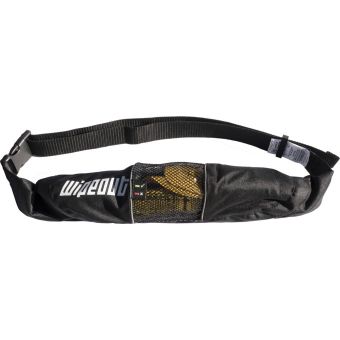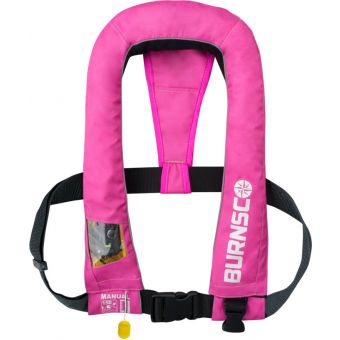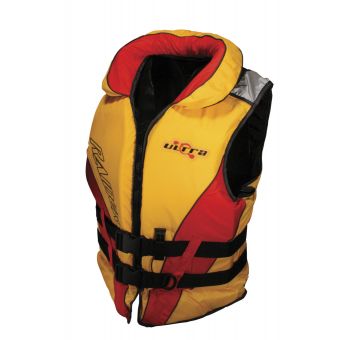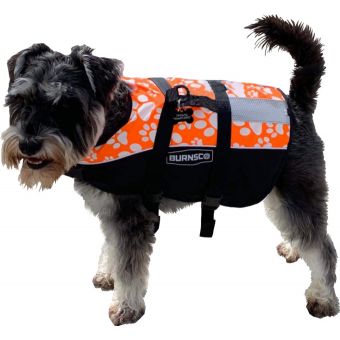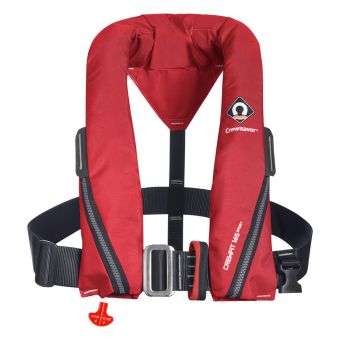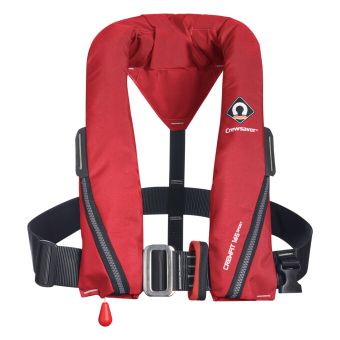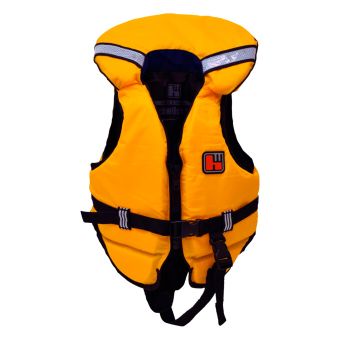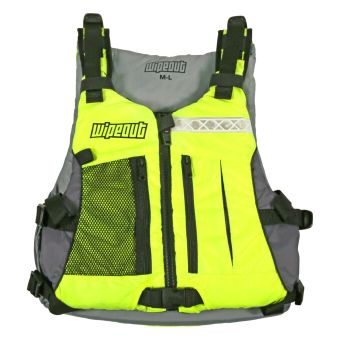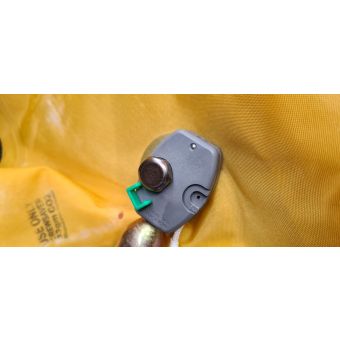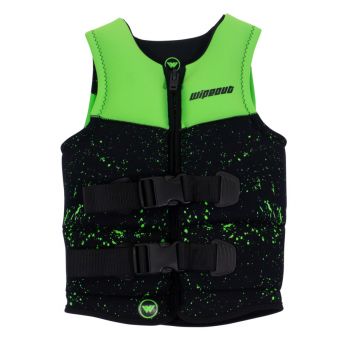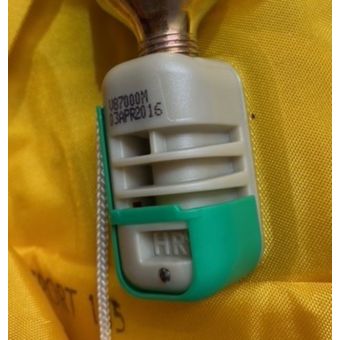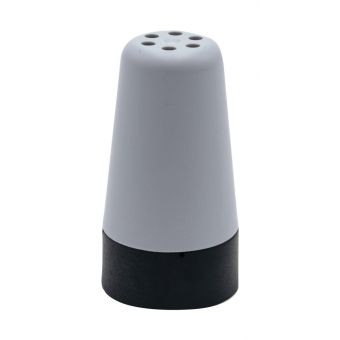“Not wearing a lifejacket is the leading risk factor for boating fatalities, and two-thirds of those who die in recreational boating accidents each year could be saved if they wore a lifejacket” (Coastguard New Zealand).
Lifejackets are a crucial piece of safety equipment and are also required by law in most boating situations. In this guide, we will break down the lifejacket basics and how to choose the best lifejacket to help you stay safe on the water.
What activities will the lifejacket be used for?
You may want a lifejacket for general boating and fishing, or it may be for something else such as jet skiing, ski biscuiting, water skiing, wakeboarding, kayaking, or sailing. There are a number of lifejackets suitable for different types of activities. Choose a lifejacket that is suitable for the primary activities it will be used for.
Inflatable Lifejackets
Inflatable lifejackets are great for general boating and fishing. They are very comfortable compared to foam lifejackets, but they do require regular maintenance and they are not suitable for children. Some inflatable lifejackets require manual activiation while others are automatic, this is important to consider.
Foam Lifejackets
Foam lifejackets are also designed for general boating and don’t require as much maintenance as inflatable lifejackets. They are also suitable for children and come in a variety of sizes from adults to babies.
Buoyancy Vests
Buoyancy vests are suitable for low speed watersports such a dinghy sailing and kayaking. They usually have deep arm holes, for better range of movement and they are shorter so they do not ride up when you’re sitting down.
Ski Vests
Ski vests are designed to be used for high speed watersports such as jet skiing, ski biscuiting, water skiing or wakeboarding. They are often made of neoprene to help keep you warm in the water and provide a snug fit.
Who will be wearing the lifejacket?
Consider who will be wearing the lifejacket, it's important that the lifejacket fits them correctly so it doesn't slip off and ride up above their head if they are in the water. The wearers' level of confidence in the water is another factor to consider.
What are the legal requirements?
For boats over 6 metres -
All recreational vessels over 6 metres must carry enough lifejackets for each person on board. The lifejackets must be readily accessible, an appropriate size for each person on board (fit for purpose), and in good operative condition. Lifejackets must be worn in times of heightened risk such as in bad weather, at night, when crossing a bar or in an emergency.
For boats under 6 metres -
In most areas of New Zealand on board a boat/vessel under 6 metres, each person is legally required to wear a lifejacket that's fit for purpose at all times, unless the skipper has assessed that it is unnecessary due to low risk at the time. Check your local bylaws to see what the rules are in your region.
I’ve got a lifejacket, now what?
Like with all safety equipment, it is important you know how to use it and look after it correctly so it doesn’t fail you when you need it.
The most important thing with a lifejacket is to wear it and wear it correctly. Make sure all the zips and buckles are done up nice and tight so it won’t come off if you end up in the water. If you are in a situation where it is safe and legal to take it off, make sure it is readily accessible in case of an emergency.
It is also important to maintain your lifejacket and perform yearly checks to make sure it is up to standard. Read our guides below on how to maintain your lifejacket:
Do you have any questions?
Please, contact our friendly team on 0800 102041 or email: website@burnsco.co.nz
We provide general information on products, not personal advice.
Always seek the help of a relevant tradesperson if you have a technical query.


